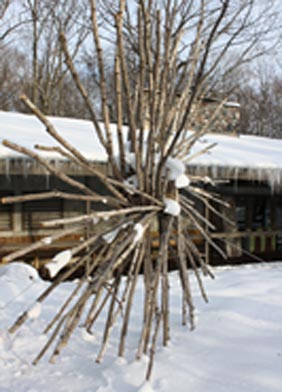
Art Prize Piece:
“Drawing of the Sun”
Blandford Nature Center is an environmental, wildlife nature center and school in northwest Grand Rapids created in the 1960s. Several years ago Blandford’s chief funder, the Grand Rapids Public Museum Board, realized they could no longer afford to pay the bills. They turned to the Grand Rapids Public Schools, but the city’s schools were already fighting their own cash crisis.
With no other source of income, GRPS superintendent at the time, Bert Bleke, knew closing Blandford would be a huge loss to kids and the community. No longer could the thousands of visitors and school children come through to learn about wildlife, tap maple trees for syrup, learn zoology, study botany, and walk the nature trails.
Superintendent Bleke knew of only one person he could turn to. Today the staff and volunteers at the Nature Center are quick to tell you their doors would have closed without Peter Wege and The Wege Foundation. As Bleke put it, “In my mind, no Peter Wege—no Blandford Nature Center.”
Because Wege refused to let the nature school close down, every year all the 3rd, 6th, and 9th-grade students in the GRPS get to spend a school day at Blandford. “For many of these urban children,” Bleke said, “they never have the opportunity to be in nature.” In 2008, over 40,000 students from area school districts participated in field days and programs at Blandford.
In 2009, the 143-acre Blandford Nature Center went from being a city-county entity to becoming a non-profit supported by private donations. Peter Wege made a five-year commitment to help fund Blandford until 2014.
Annoesjka Steinman became the first executive director of Blandford in its non-profit status in the fall of 2009. Her background perfectly fits the newly evolved Blandford as a premier nature center that is paid for by community donations. With a background in environmental science and a history working for the Community Foundation of Muskegon County, Steinman understands both the natural science of Blandford Nature Center and the need to raise money for its ongoing support.
Steinman is already hard at work bringing in sixth-graders to help solve erosion problems on a stream bed near the Center’s main building. She also is moving forward with Blandford’s long-time leader Mary Jane Dockeray to fulfill Dockeray’s dream of creating an Ameuasian Meadow. The blooming meadow would be grown on Blandford land that was once a working farm.
Steinman is also pursuing an assessment of the former farm’s water quality hoping the ground water is clean enough to use if they expand the farm in the future. That would allow them to use their own free water.
By collaborating with the Center for Sustainability at Aquinas College and the Mixed Greens area gardeners and students, Steinman is continuing to keep Blandford, in its new non-profit status, the thriving community asset that Mary Jane Dockeray helped create.


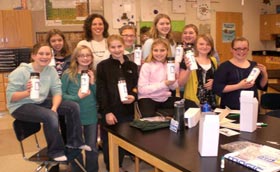
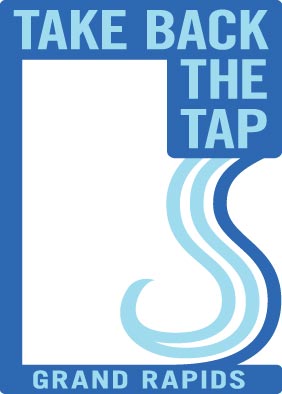 Peter M. Wege has forever said that if this planet is to be saved, “The kids must do it.” He’s counting on the children pictured here at Ada Christian School in Grand Rapids to help promote the Take Back The Tap campaign The Wege Foundation has launched to end the sale of bottled water. These middle-schoolers saw photos where a colony of plastic bottles covers the ocean floor off the California coast.
Peter M. Wege has forever said that if this planet is to be saved, “The kids must do it.” He’s counting on the children pictured here at Ada Christian School in Grand Rapids to help promote the Take Back The Tap campaign The Wege Foundation has launched to end the sale of bottled water. These middle-schoolers saw photos where a colony of plastic bottles covers the ocean floor off the California coast.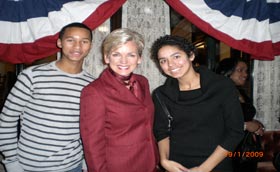
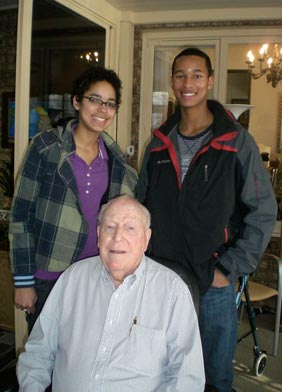
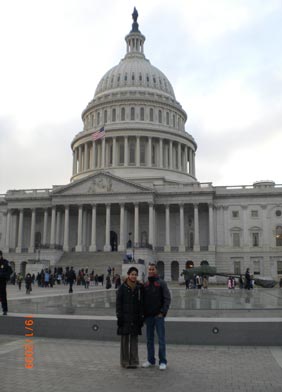
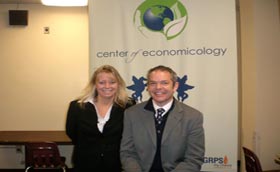
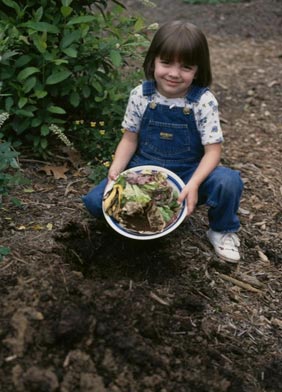
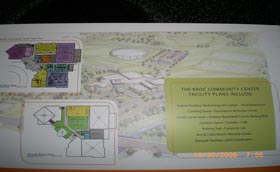
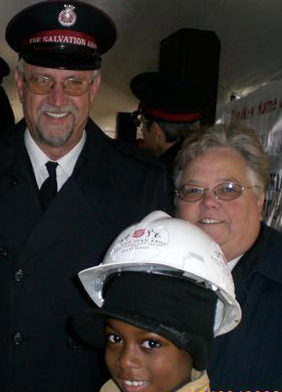
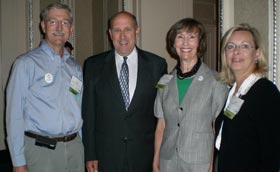
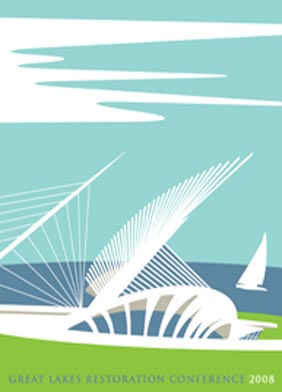 Seven representatives of The Wege Foundation, including Trustees Mary Nelson, Peter Wege II, and Ellen Satterlee, attended the 4th Annual Great Lakes Restoration Conference in Milwaukee September 10-12. Most appropriately, the seven Wege Foundation delegates traveled from Grand Rapids to Milwaukee by crossing Lake Michigan on the Lake Express ferry.
Seven representatives of The Wege Foundation, including Trustees Mary Nelson, Peter Wege II, and Ellen Satterlee, attended the 4th Annual Great Lakes Restoration Conference in Milwaukee September 10-12. Most appropriately, the seven Wege Foundation delegates traveled from Grand Rapids to Milwaukee by crossing Lake Michigan on the Lake Express ferry.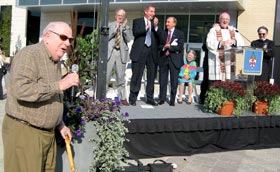
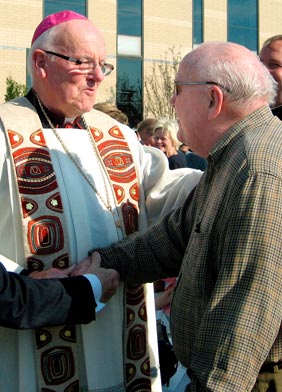 As the only child of Peter Martin and Sophia Dubridge Wege, Peter M. Wege began honoring their memory half a century ago. Because of his mother’s strong Catholic faith, her son often used his gifts to church causes as an opportunity to memorialize his parents. His first major gift in 1959 went to help build Alburtus Magnus Hall of Science for Aquinas College.
As the only child of Peter Martin and Sophia Dubridge Wege, Peter M. Wege began honoring their memory half a century ago. Because of his mother’s strong Catholic faith, her son often used his gifts to church causes as an opportunity to memorialize his parents. His first major gift in 1959 went to help build Alburtus Magnus Hall of Science for Aquinas College.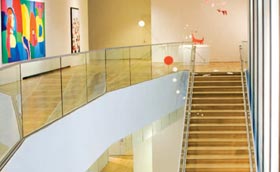
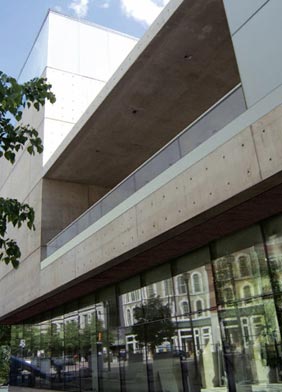 After one year in operation as the world’s first art museum to win a Gold LEED medal from the United States Green Building Council, the Grand Rapids Art Museum has doubled its attendance. The new GRAM welcomed twice as many people to its galleries in one year as the number of those who visited GRAM in its last year in the former federal building.
After one year in operation as the world’s first art museum to win a Gold LEED medal from the United States Green Building Council, the Grand Rapids Art Museum has doubled its attendance. The new GRAM welcomed twice as many people to its galleries in one year as the number of those who visited GRAM in its last year in the former federal building.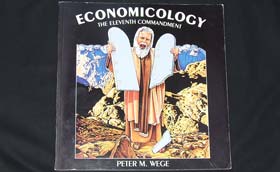
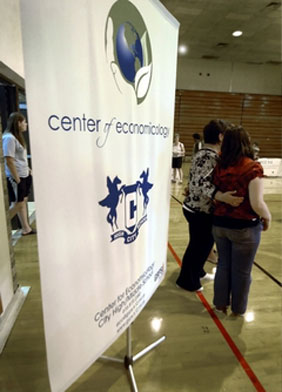 Thanks to The Wege Foundation, the Grand Rapids Public Schools are infusing Peter Wege’s concept of economicology into the curriculum. Wege coined the word economicology to define the balance needed between the economy and the ecology. The word summarizes Wege’s advocacy for educating the public on the reality that a prosperous economy depends on maintaining a healthy environment.
Thanks to The Wege Foundation, the Grand Rapids Public Schools are infusing Peter Wege’s concept of economicology into the curriculum. Wege coined the word economicology to define the balance needed between the economy and the ecology. The word summarizes Wege’s advocacy for educating the public on the reality that a prosperous economy depends on maintaining a healthy environment.